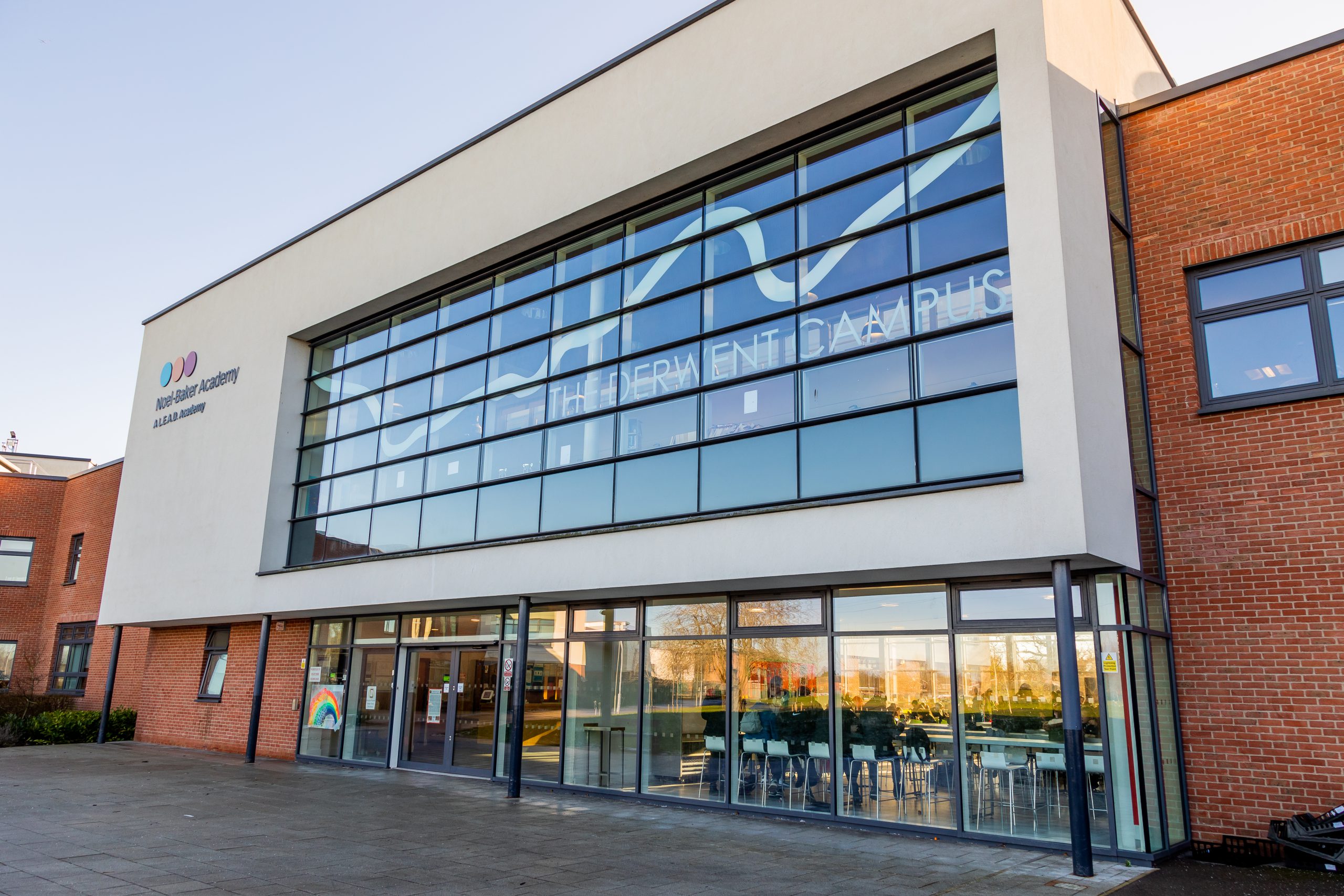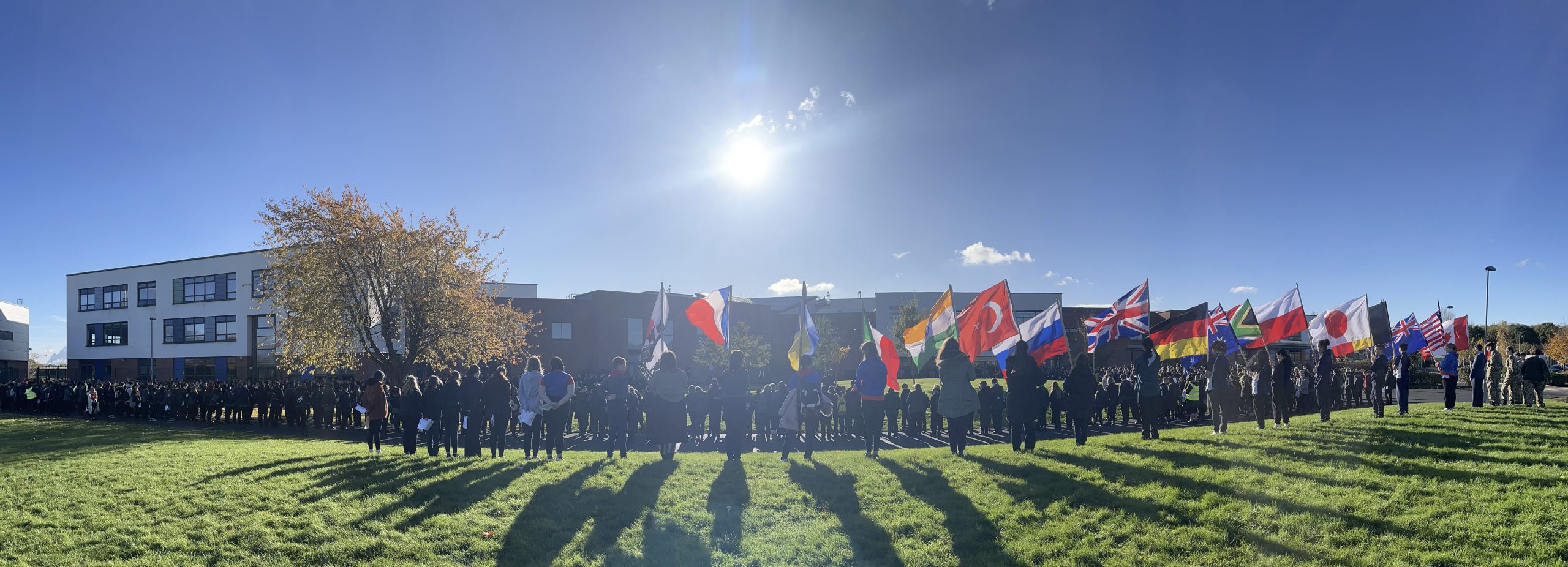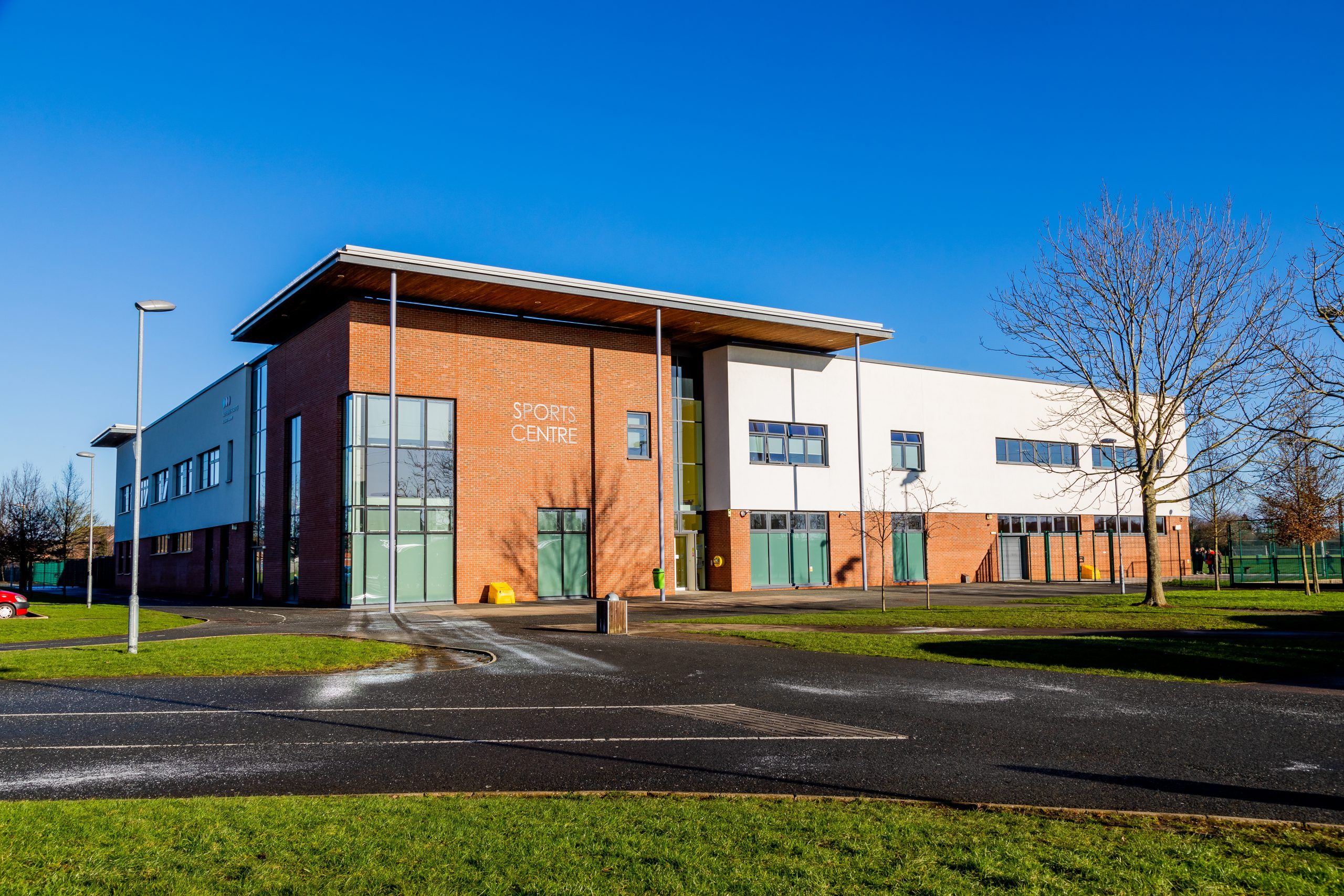Apprenticeships and Traineeships
What are apprenticeships and traineeships?
These date back to the Middle Ages and the medieval craft guilds of that time. Picture groups of tradesmen or craftsmen banding together to ensure high standards of quality. They would have been carpenters, painters and cloth makers, who took on apprentices to ‘pass on’ their skills and experience.
Since then, the world – and education, training and employment – have changed, and so too have apprenticeships. Today, they provide an alternative path to education while ensuring that professions and industries have the skilled workers they need.
In this century, apprenticeships have been embraced as a viable alternative to college and university, and the modern apprenticeship is accessible, flexible and a boon for both young people and employers. Traineeships help prepare you for work and last up to six months. They offer maths and English training together with work experience to boost your skills and put you in a better position to get an apprenticeship or job
Find your level
An apprenticeship, which must last for a minimum of 12 months, combines hands-on work with the opportunity to train and obtain qualifications. It’s also a paid position, so you earn while you learn. At least 20% of your time is set aside for learning, usually at a college, university or with a training provider.
The rest of your time is spent applying your knowledge and skills in the actual workplace, doing the job that you set out to get. At the end of it, you’ll gain official certification, which will be equivalent to traditional qualifications. Apprenticeship levels are set and equivalent to as follows:
2.(Intermediate) GCSEs
3.(Advanced): A-Levels
4.(Higher): foundation degree
5.(Higher): foundation degree/first year of a bachelor’s degree
6.(Degree): bachelor’s degree
7.(Degree): master’s degree












